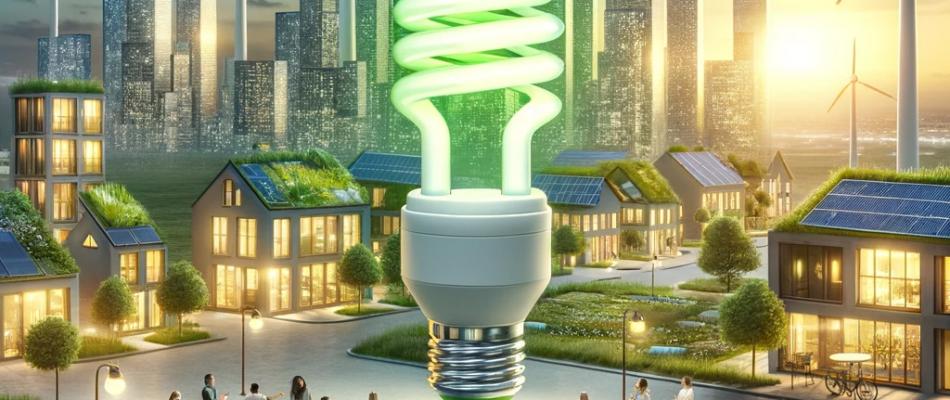The Energy Efficiency Directive (EED), officially Directive 2012/27/EU of the European Parliament and of the Council, is a key piece of the European Union's (EU) energy policy, aiming to enhance energy efficiency within the EU. This directive, adopted on October 25, 2012, serves to achieve economic and environmental benefits, enhance energy security, and reach a strategic goal of improving energy efficiency by 20% by 2020, with further updates aiming for a reduction in energy consumption of at least 32.5% by 2030 compared to projections.
Key measures include encouraging energy savings among end consumers, energy efficiency in public bodies, regular energy audits for large companies, and promoting efficiency in energy supply and use. However, the implementation poses challenges such as the need for suitable national strategies, overcoming financial and administrative hurdles, and incorporating technological advancements.
Specific challenges arise for businesses, landlords, and tenants. Businesses face financial burdens, complexity, regulatory requirements, and long payback periods for energy efficiency investments. Landlords deal with the "split incentive" problem, where the benefits of investments primarily accrue to tenants, and regulatory hurdles, especially for older buildings. Tenants have limited control over significant energy efficiency improvements and may lack information on how to reduce their energy use or face upfront costs.
To address these challenges, targeted support measures from governments and the EU, including financial incentives, funding programs, advisory services, and clear regulatory frameworks, are essential. Furthermore, innovative business models and technologies, such as energy contracting and digital energy management systems, could play a pivotal role in overcoming barriers and maximizing the benefits of energy efficiency for all stakeholders.
Adding building automation into the mix introduces several significant consequences for energy efficiency initiatives, positively impacting the challenges faced by businesses, landlords, and tenants as described in the context of the Energy Efficiency Directive (EED).
Positive Consequences of Building Automation:
-
Increased Energy Efficiency: Automated systems optimize the use of lighting, heating, ventilation, and air conditioning (HVAC), leading to substantial energy savings. By closely monitoring and controlling energy use, buildings can operate more efficiently, directly contributing to the goals set out by the EED.
-
Cost Savings: Over time, the energy cost savings achieved through building automation can offset the initial investment in technology. This aspect is particularly appealing for businesses and landlords concerned about the financial implications of implementing energy efficiency measures.
-
Improved Comfort and Productivity: For tenants and occupants, building automation systems can enhance indoor environmental quality, leading to improved comfort and potentially higher productivity levels. This aspect strengthens the case for tenants to engage with energy efficiency initiatives.
-
Data-Driven Insights: Automation technologies generate data that can be analyzed to further optimize energy use and identify additional savings opportunities. This capability can help businesses, landlords, and tenants make informed decisions about energy management and investments in efficiency measures.
-
Regulatory Compliance: Building automation can help ensure compliance with the evolving regulatory requirements related to energy efficiency. Automated systems can adapt to changes more easily, reducing the regulatory burden on all stakeholders.
Challenges and Considerations:
-
Upfront Investment: The initial cost of installing building automation systems can be high, which might deter some stakeholders, especially small and medium-sized enterprises (SMEs) and landlords with limited financial resources.
-
Technical Complexity: Implementing and managing building automation systems requires technical knowledge and expertise. Businesses and landlords might need to invest in training or hire specialists to maximize the benefits of automation.
-
Interoperability and Standardization: The lack of standardization and interoperability between different building automation systems and devices can complicate their integration and limit their effectiveness.
-
Privacy and Security: Building automation systems collect and process a significant amount of data, raising privacy and security concerns. Stakeholders must ensure that these systems are secure and that data is handled appropriately.
In summary, building automation presents a compelling avenue to enhance energy efficiency across various sectors, aligning with the objectives of the EED. While the benefits are considerable, addressing the associated challenges is crucial for maximizing the potential of building automation technologies in contributing to the EU's energy efficiency and sustainability goals.
The LUPUS Cloud helps you to implement all the requirements of the directive at the lowest possible cost.

